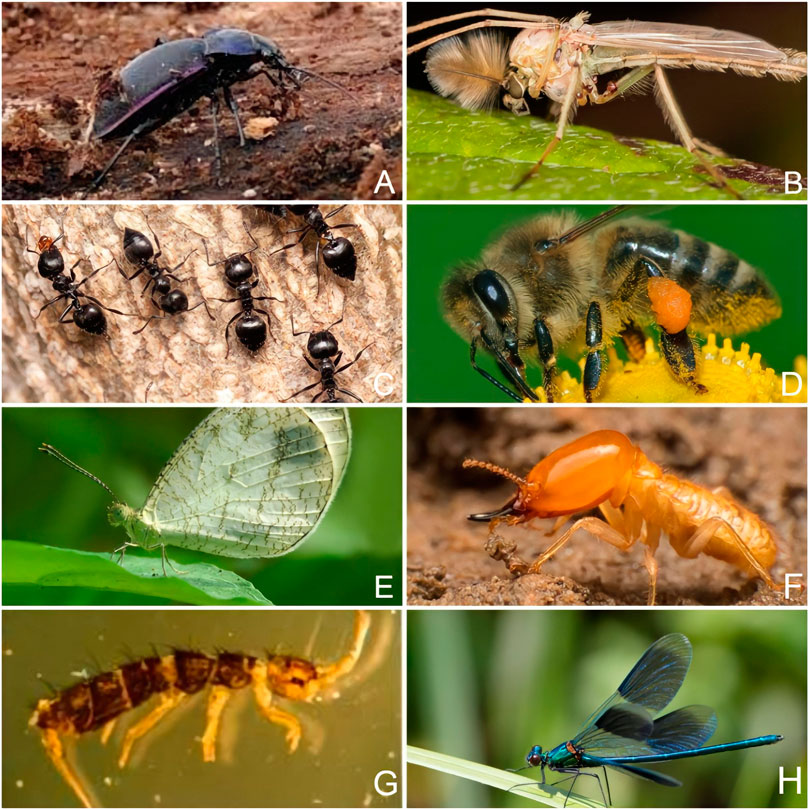In the vast orchestra of nature, insects play a fundamental role as both performers and indicators of environmental health. Recent advancements in technology, particularly in the field of automated bioacoustics, are transforming our ability to listen in on the insect world and glean valuable insights into ecosystem dynamics. Led by researchers at the University of Massachusetts Amherst, a groundbreaking study evaluates the efficacy of machine learning in identifying different insect species by their unique sounds, offering a promising avenue for monitoring insect populations and gauging overall environmental well-being.
The Importance of Insects in Environmental Health: “Insects rule the world,” asserts Laura Figueroa, assistant professor of environmental conservation at UMass Amherst and senior author of the study. Indeed, insects occupy a central position in ecosystems worldwide, serving as pollinators, decomposers, and prey for numerous other species. However, the health of insect populations is increasingly threatened by factors such as climate change, habitat destruction, and pesticide use. Monitoring changes in insect populations is essential for understanding broader ecological trends and mitigating potential risks to biodiversity.
Harnessing the Power of Automated Bioacoustics: One of the most promising tools for monitoring insect populations is automated bioacoustics, which involves analyzing the sounds emitted by insects to identify species and assess population dynamics. By leveraging machine learning algorithms, researchers can train models to recognize the distinctive sounds of various insect species, providing a non-invasive and efficient method for monitoring insect populations across diverse habitats. This approach offers significant advantages over traditional methods, which are often labor-intensive and invasive.
The Rise of Machine Learning in Insect Monitoring: In the study led by Figueroa and her colleagues, researchers evaluated the effectiveness of different machine learning approaches in identifying insect species based on their sounds. They analyzed a wide range of automated bioacoustic models, categorizing them into non-machine learning, machine learning, and deep learning techniques. Remarkably, models utilizing deep learning algorithms emerged as the most successful, achieving classification accuracy rates of over 90% for hundreds of insect species.
Challenges and Opportunities: While automated bioacoustics holds tremendous promise for insect monitoring, it is not without its challenges. The reliance on large datasets for training models, the limitations of sound-based monitoring in noisy environments, and the exclusion of soundless insects present significant hurdles. However, ongoing research and technological advancements are steadily overcoming these obstacles, paving the way for more widespread adoption of bioacoustic monitoring tools.
The Future of Environmental Monitoring: As we continue to confront global environmental challenges, automated bioacoustics stands poised to revolutionize our approach to insect monitoring and environmental health assessment. By harnessing the power of technology to listen to nature’s symphony, researchers can gain invaluable insights into insect populations, ecosystem dynamics, and the impacts of human activities on biodiversity. Through interdisciplinary collaboration and innovation, we can unlock the full potential of automated bioacoustics and safeguard the ecological balance of our planet for generations to come.
In the quest to protect biodiversity and preserve ecosystem health, automated bioacoustics represents a powerful ally. By listening attentively to the sounds of the insect world, researchers can uncover hidden patterns, detect early warning signs of environmental degradation, and inform evidence-based conservation strategies. As we embrace the promise of technology and embark on new frontiers in environmental monitoring, the symphony of nature serves as a constant reminder of the interconnectedness of all living beings and the urgent need to protect our planet’s precious biodiversity.
